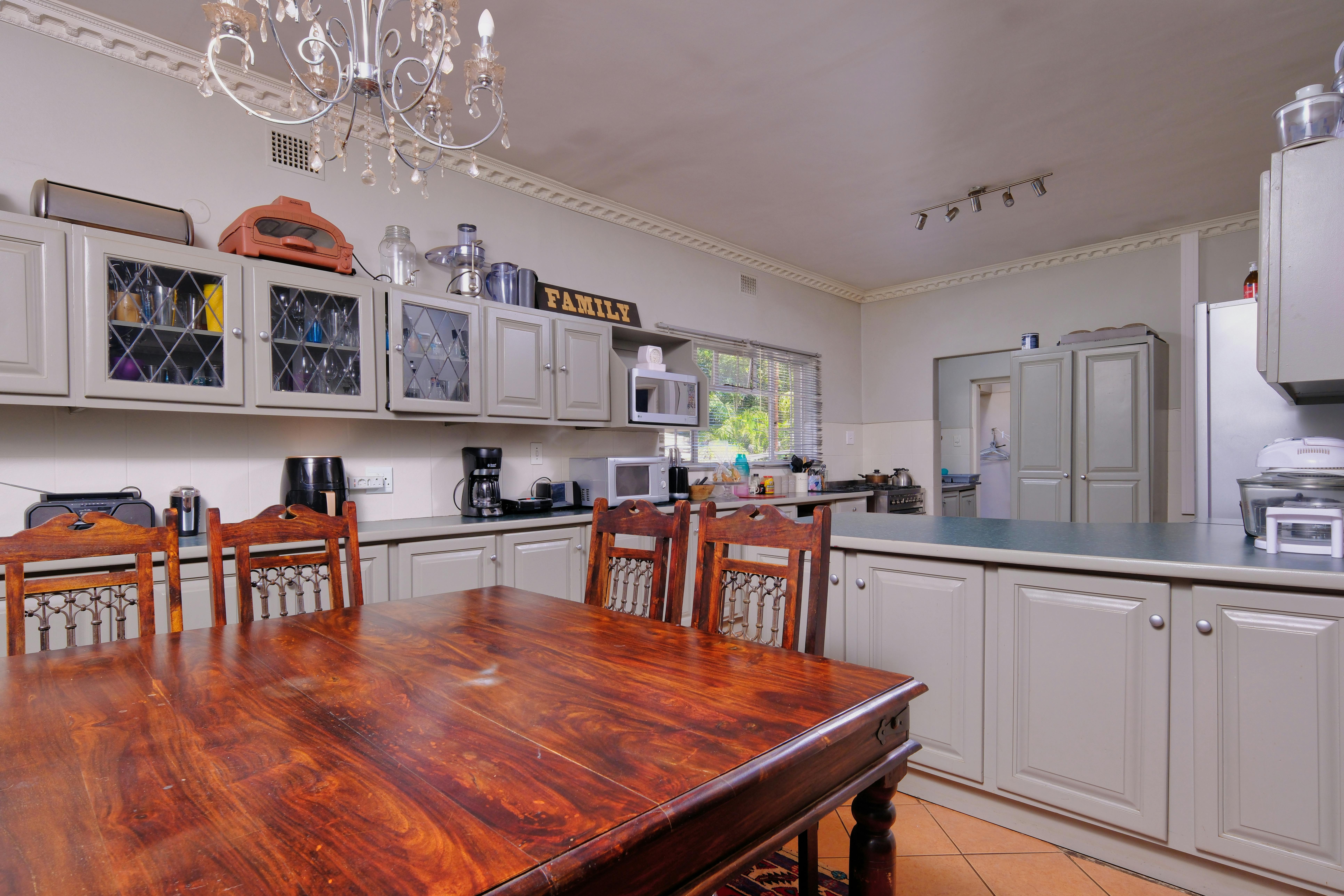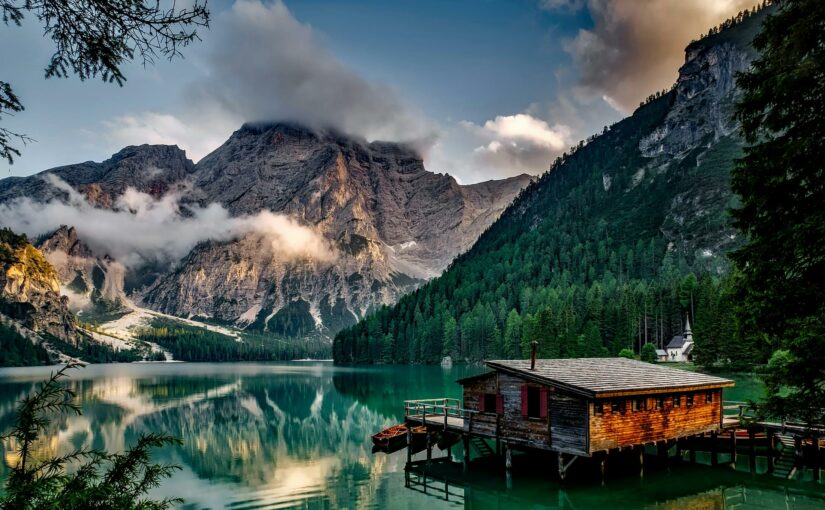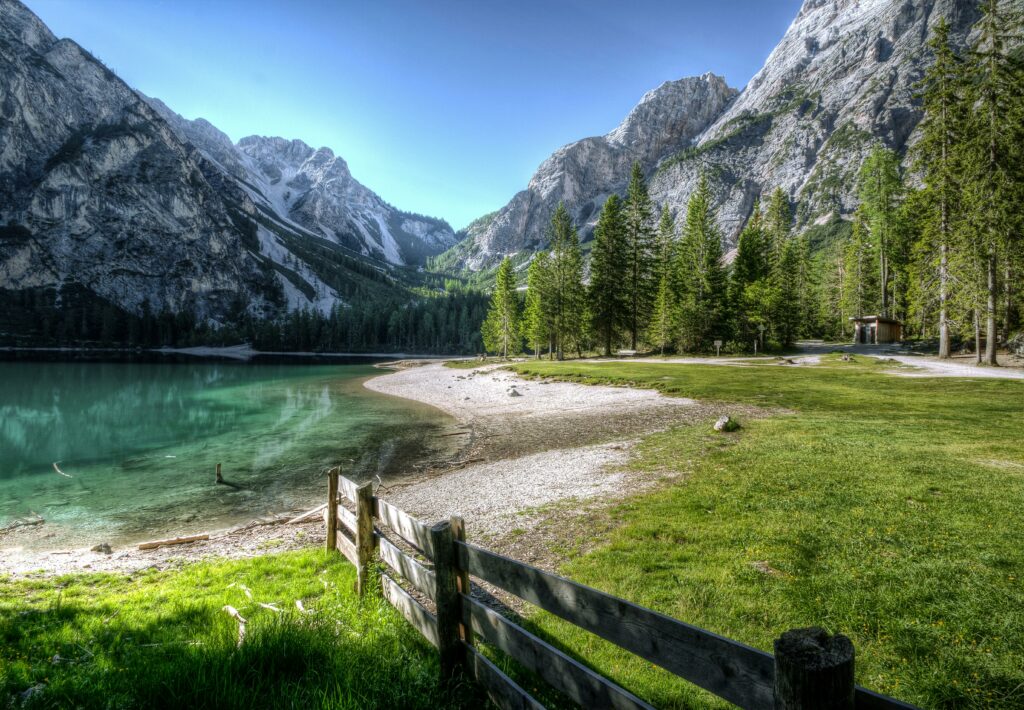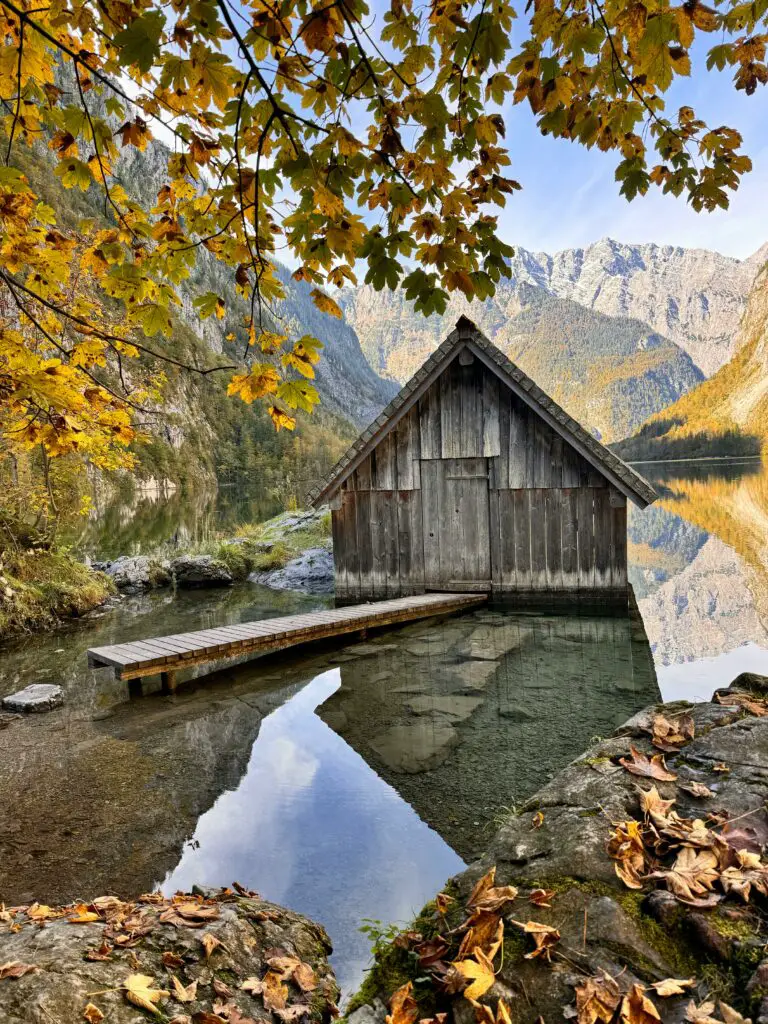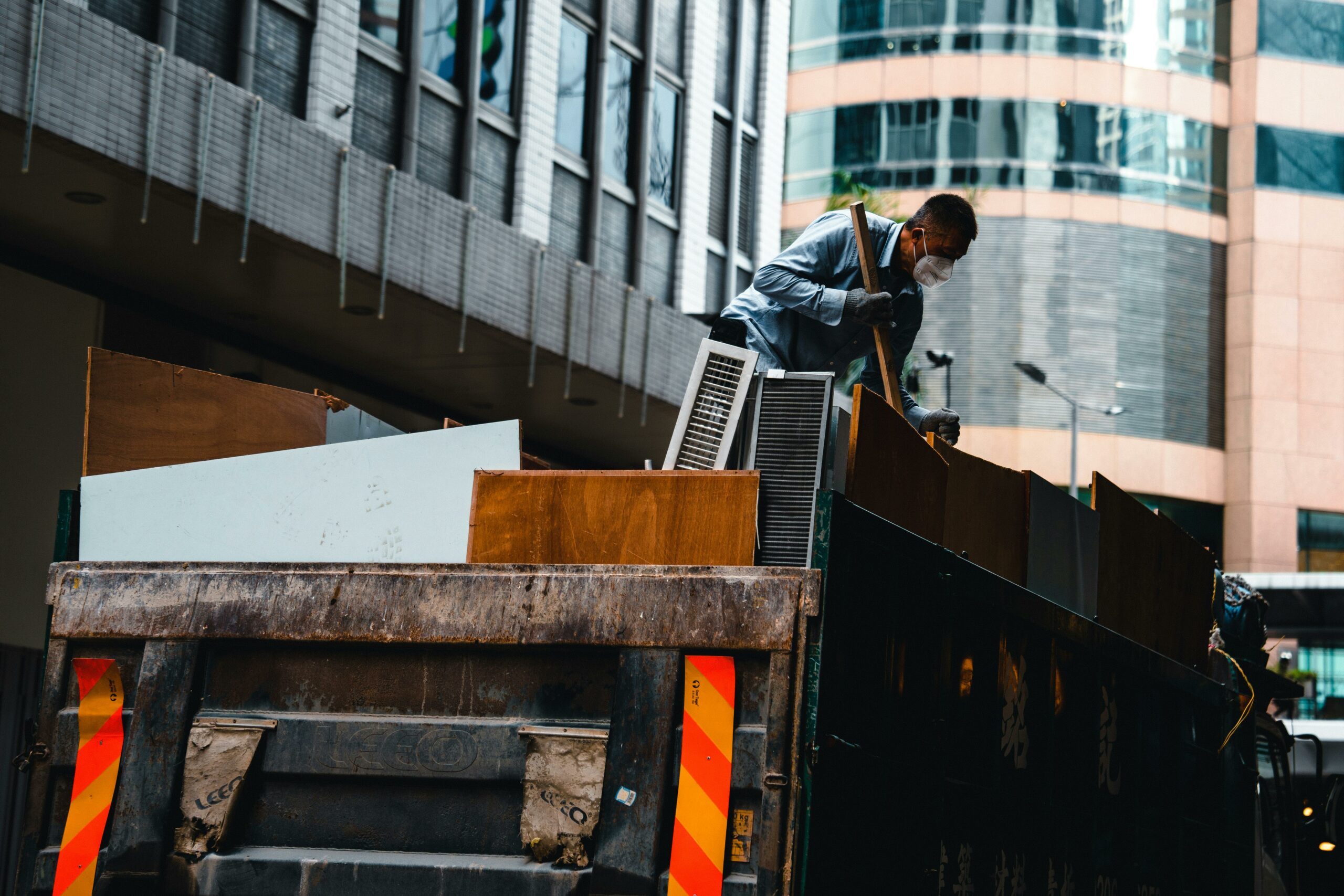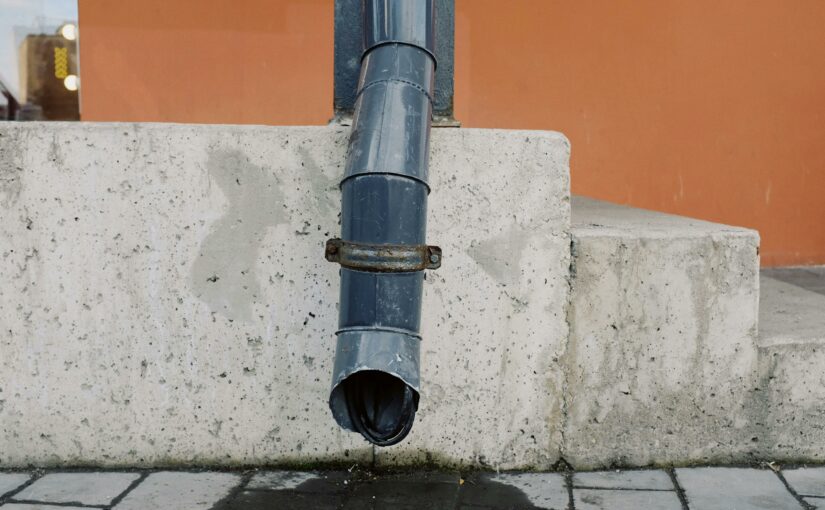Navigating the home buying process can be daunting, but you’re not alone. With the right strategies, you can avoid common pitfalls and secure your dream home with confidence today.
Start by understanding market trends and setting a realistic budget. Need a quick sale in Texas? Check out We Buy Houses in Arlington for expert help.
Research neighborhoods thoroughly and prioritize your must-haves. With these smart tips, you’ll turn challenges into opportunities and achieve home buying success effortlessly.
Plan to Stay a While
Thinking about buying a home? Consider how long you’ll stay in it before diving in. A longer stay often means better financial returns over time.
Why Duration Matters
Staying in a home for at least five to seven years can help offset initial buying costs. Short-term ownership might lead to losses if prices dip.
Market Fluctuations
Real estate markets can be unpredictable. Committing to a longer stay gives you a buffer against downturns, ensuring you don’t sell at a loss.
Emotional Investment
Beyond finances, think about building memories. A home isn’t just an asset; it’s where life happens, so plan for roots that last.
Cost of Moving
Frequent moves rack up expenses—closing costs, movers, and more. Staying put longer reduces these recurring hits to your wallet over the years.
Work with Trusted Professionals
Navigating the home-buying maze can feel daunting. Partnering with trusted experts, simplifies every step along the way.
Finding the Right Agent
A seasoned real estate agent knows the local market inside out. Their insights can steer you toward neighborhoods and deals that match your vision.
Understanding the Process
With over 230 possible steps in a transaction, guidance is key. Professionals break down complexities, so you’re never left scratching your head.
Loan and Mortgage Support
Confused about loan types? Experts connect you with lenders who explain options like FHA or VA loans, tailoring advice to your unique needs.
Confidence in Decisions
Surveys show many younger buyers lack confidence in buying. Trusted advisors boost your assurance, ensuring every choice feels informed and secure.
Make a Good Offer
Crafting a solid offer is crucial in today’s competitive market. Stand out by being strategic and showing sellers you’re serious about their property.
Start by researching comparable sales in the area to gauge a fair price. This homework helps ensure your offer aligns with current market trends.
- Include a Personal Touch: Write a letter to the seller explaining why you love their home. Emotional appeals can tip the scales in your favor.
- Be Flexible with Terms: Offering flexibility on closing dates or minor repairs can make your bid more attractive without raising the price.
- Show Financial Strength: A pre-approval letter with your offer signals to sellers that you’re a serious buyer ready to close quickly.
Lastly, don’t lowball too much—it might offend sellers. Balance competitiveness with respect to keep negotiations open and positive for everyone.
Develop a Wish List
Before house hunting, jot down what you truly want in a home. A clear wish list keeps your search focused and avoids impulsive decisions.
Prioritize Must-Haves
Identify non-negotiables like the number of bedrooms or proximity to schools. These essentials should guide every property you consider during your search.
Nice-to-Haves
Think about bonuses like a backyard or updated kitchen. While not deal-breakers, these can elevate a house from good to great for you.
Location Considerations
Where do you want to live? Factor in commute times, neighborhood vibes, and access to amenities when shaping your ideal home criteria.
Future Needs
Planning to grow your family or work from home? Anticipate how your needs might evolve and ensure your wish list reflects that foresight.
Explore Different Loan Types
Diving into mortgage options can feel overwhelming, but understanding loan types is key. Explore what fits your financial situation to secure the best deal.
Start with basics like conventional loans, which often require larger down payments but suit repeat buyers with strong credit histories ready to invest.
- FHA Loans: Great for first-timers, these require lower down payments and are accessible even with less-than-perfect credit scores through federal backing.
- VA Loans: Reserved for veterans and spouses, these offer unique benefits like no down payment, backed by the Department of Veteran Affairs.
- USDA Loans: Ideal for rural or suburban buyers, these government-guaranteed loans support low- to middle-income families with favorable terms.
Consult lenders to compare offers and terms. With rates near historic lows, now’s a prime time to stretch your budget further with the right loan.
Be Prepared to Bid
Ready to make an offer? In a hot market, bidding wars are common, so gear up with strategies to stand out and win your dream home.
First, get pre-approved for a mortgage, not just pre-qualified. This shows sellers you’re financially vetted and serious, giving you a competitive edge.
- Move Quickly: Hot listings vanish fast. Monitor new properties and be ready to visit and bid during the first open house if possible.
- Escalation Clauses: Include these in offers to automatically outbid others up to a cap, ensuring you don’t miss out unnecessarily.
- Know Your Limit: Set a firm budget cap to avoid emotional overbidding. Stick to it, no matter how perfect the property seems.
Stay in touch with your agent for insider tips on listings. Being proactive can mean the difference between securing a home or losing out.
Budget for the Extras
Buying a home isn’t just about the mortgage. Account for extra costs that come with ownership to avoid financial surprises down the road.
Regular Homeownership Costs
Factor in property taxes and insurance, often part of your mortgage payment. These can shift yearly, so keep an eye on potential increases.
Maintenance Reserves
Set aside 1-2% of your home’s value annually for upkeep. Older homes might need more, so plan accordingly for unexpected repairs or updates.
HOA Fees
Living in a planned community? Homeowners association dues can add up, sometimes hundreds monthly. Budget for these to avoid being caught off guard.
Big Project Planning
Anticipate major expenses like roof replacements. Add these to your yearly budget alongside general maintenance to stay prepared for large costs.
Reassess Financial Safety Nets
Review your emergency fund and insurance now that expenses are higher. Ensure they cover your new lifestyle, including mortgage and living costs long-term.
Your Home Buying Triumph
Ready to succeed in home buying? Use these smart strategies to guide your journey. For expert help, connect with home buyers in Texas to navigate the process confidently. Stay prepared, make informed decisions, and soon, you’ll unlock the door to your dream home with ease.
